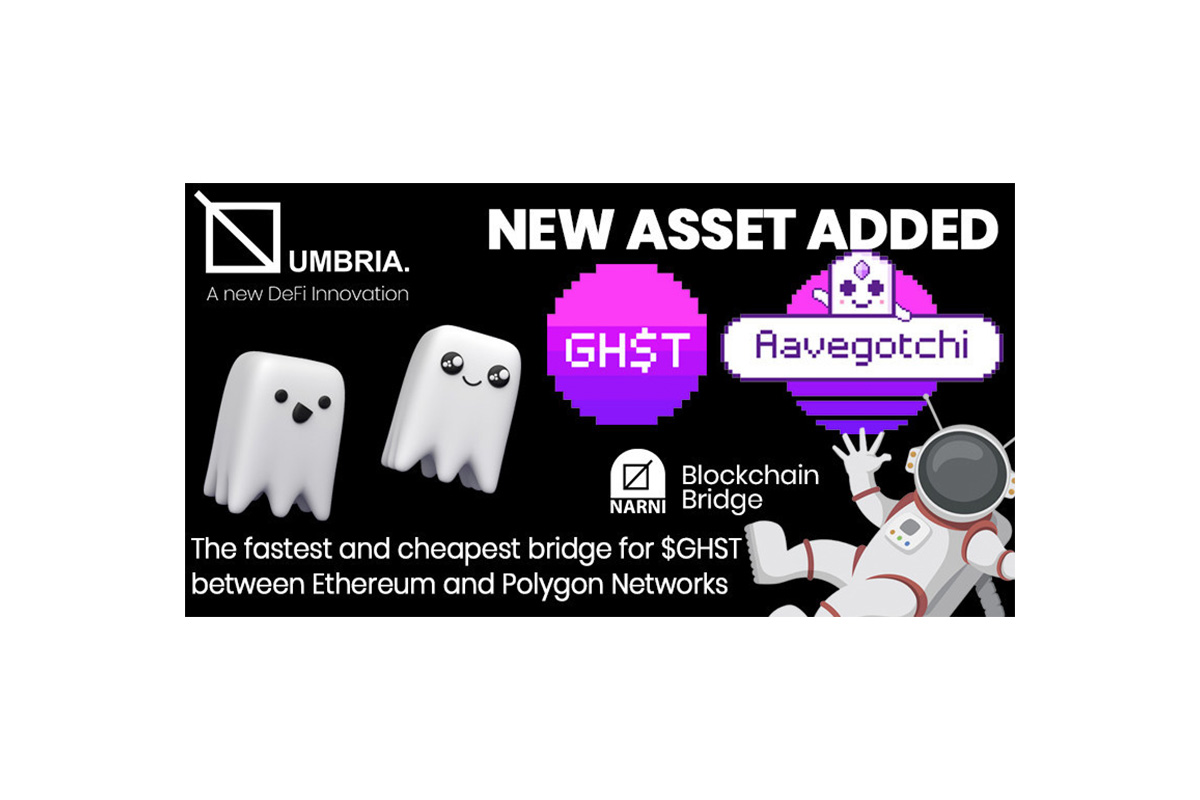
Spool DAO, or Spool, the platform allowing institutions and users to build customizable risk-managed DeFi products, launches its V2 upgrade. Spool’s new platform expands its original DeFi infrastructure and tools, with heightened decentralized access and new capabilities. Institutions of all sizes can now leverage its slate of new features and interface updates to build, manage, and explore DeFi products with unparalleled flexibility, risk reduction, and security.
Despite crypto’s whirlwind year, DeFi’s blue-chip protocols managed to largely withstand the industry-wide chaos. But that doesn’t mean the DeFi landscape hasn’t changed at all. Looming regulatory steps, such as the new bipartisan bill entering the U.S. Senate, aim to monitor DeFi apps similarly to banks, setting the stage to accommodate increasing interest from legacy financial institutions. Banks and institutions clearly see potential in crypto and DeFi’s financial possibilities, but they lack the proper tools to enter it easily, compliantly, and on their terms.
To meet this institutional need, Spool now provides a completely rebuilt platform for risk-managed and automated DeFi yield. Created from the ground up to be faster, more efficient, more composable, and easier to use than its predecessor, V2 represents a leap for Spool and institutions expanding their DeFi presence. The upgrade expands upon Spool’s core offering and introduces several key features to maximize the effectiveness of institutional DeFi investment. These features and enhancements include:
-
- Multi-Asset Smart Vaults: Institutions creating Smart Vaults can now build them to contain a range of yield strategies using multiple assets. Multi-asset Smart Vaults enhance functionality in addition to Spool’s classic auto-swapping and auto-rebalancing capabilities. Investors can simply create or pick an existing Smart Vault that matches their investment preferences, and send the assets they have available. The assets are then automatically swapped and implemented in audited and battle-tested smart contracts to attain the best yields possible while allowing funds to be withdrawn at any time.
- Smart Vault Guards: Institutions building Smart Vaults can now dictate which users can deposit or withdraw from the Vault based on specific criteria, mirroring traditional investment funds. This helps institutions tailor DeFi offerings not only to regulatory compliance but to their specific client needs as well. Institutions can create KYC and AML-compliant Smart Vaults, for example, and only allow access to vetted investors through whitelisted wallets. Other parameters include NFT or Token Gating (where a user must hold a specific NFT or token amount to access the vault), and Time Locks.
- Actions: Spool builders can now implement customizable actions tied to user activities such as entering or exiting a Smart Vault that is configured during its creation. Actions help support institutions by creating a framework that feels familiar to traditional finance and includes features such as deposit or withdrawal fees, deposit insurance fees, and automated asset swaps that help streamline the once-manual process for yield farming.
- Liquid Staking Derivatives (LSDs) Support: LSDs are tokens issued in return for staking cryptocurrency through a staking provider. This comes in handy for networks such as Ethereum, where validators must hold a minimum of 32 ETH to access staking and validator privileges. LSDs also allow users to withdraw staked ETH, which validators cannot do. As strategies using LSDs become more popular and prevalent, adding support in V2 enables greater convenience.
- Advanced Automation: One of DeFi’s major obstacles lies in manual asset management within yield farms. V2 improves upon Spool’s original automation features while maintaining decentralization and self-custody. Once assets are within a Smart Vault portfolio, V2 automatically rebalances them between various strategies configured in the Vault. Spool also now offers automated collateral conversion, meaning clients investing in a Smart Vault can utilize any underlying asset they have available. Spool automatically converts the asset before investing, granting increased ease and choice.
- Deposit NFTs (dNFTs): D-NFTs provide users with an immutable NFT receipt of their Smart Vault deposits, enabling the withdrawal of funds. ERC-20 Smart Vault Tokens (SVTs) are created by burning D-NFTs and act as yield-bearing stablecoins, which can be easily transferred or traded on a secondary market, creating a new liquid financial instrument.
Check out Spool’s video here: https://drive.google.com/file/d/150B6sSdX9gMAjdig-5675nLfftciWidJ/view
More detailed video with features overview can be found here: https://drive.google.com/file/d/1uIr_AJ_iHKErkHR5lFaUWk39A4-NUtEo/view?usp=drive_link
Among these new features, Spool V2’s completely redesigned interface allows institutions and asset managers to have a birds-eye view of their Smart Vault portfolio. The platform champions accessibility while providing the comprehensive tools and oversight that institutions require. This includes tools for easily white-labeling Smart Vaults for client access with their own branding and unique insights into Smart Vault performance based on customizable KPIs.
By enabling the codeless creation of financial services and products backed by audited financial primitives, institutions that don’t have DeFi-specific teams are now able to easily access DeFi. The upgrade’s capabilities set the stage for large-scale institutional partnerships in the pipeline for Spool, following a steady stream of integrations and collaborations leading up to its launch.
“We are incredibly proud to launch Spool V2 after countless months of our team developing, testing, and listening to the feedback and needs of our institutional partners,” says Philipp Zimmerer, Lead of Token Strategy of Spool. “This lands at a pivotal moment in crypto in a year that has been all about responsibly rebuilding the industry and forging a new path for DeFi. Improving access, flexibility, and security will not only garner further institutional support but set a new standard for what DeFi can make possible for any investor.”



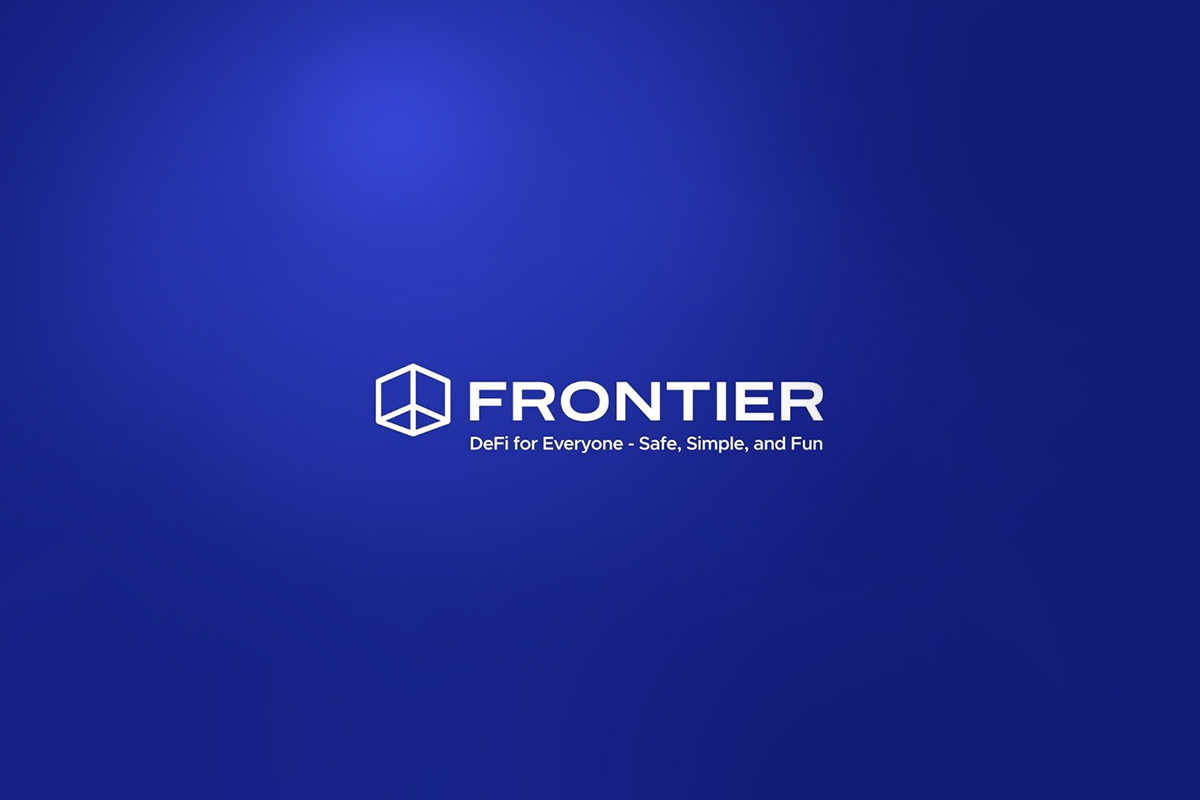
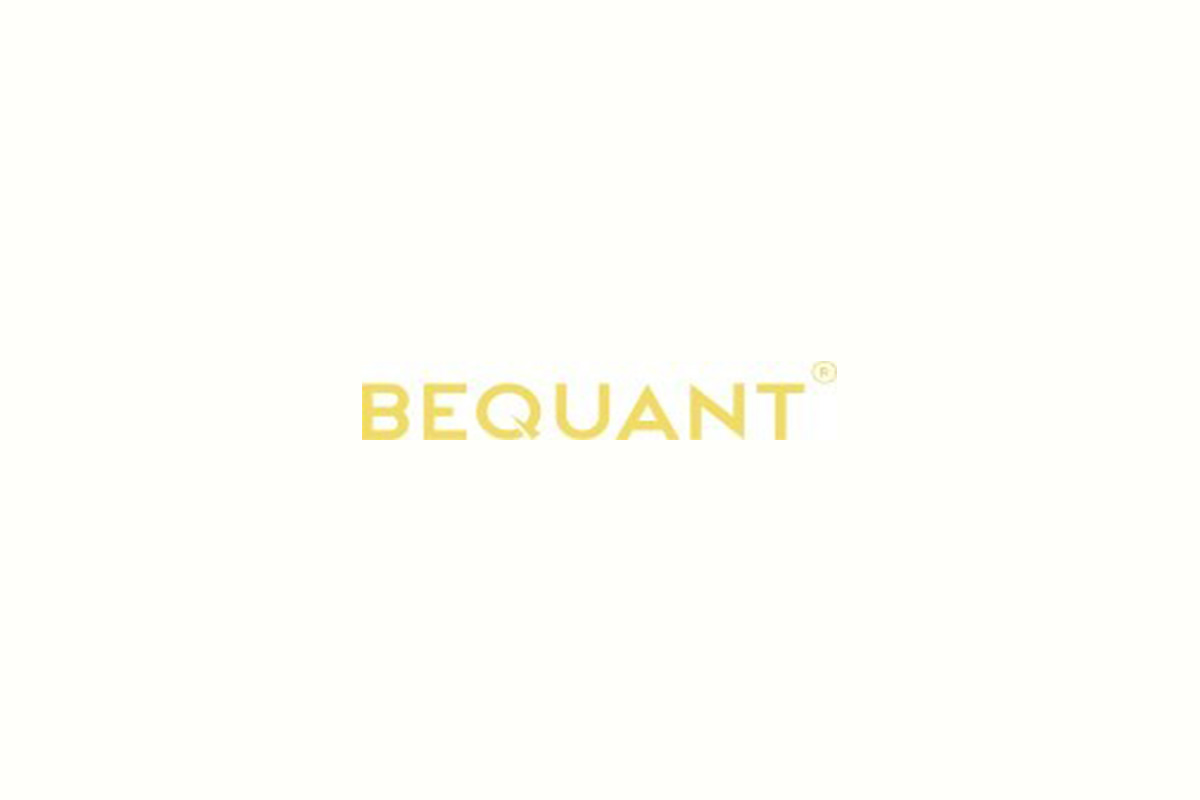
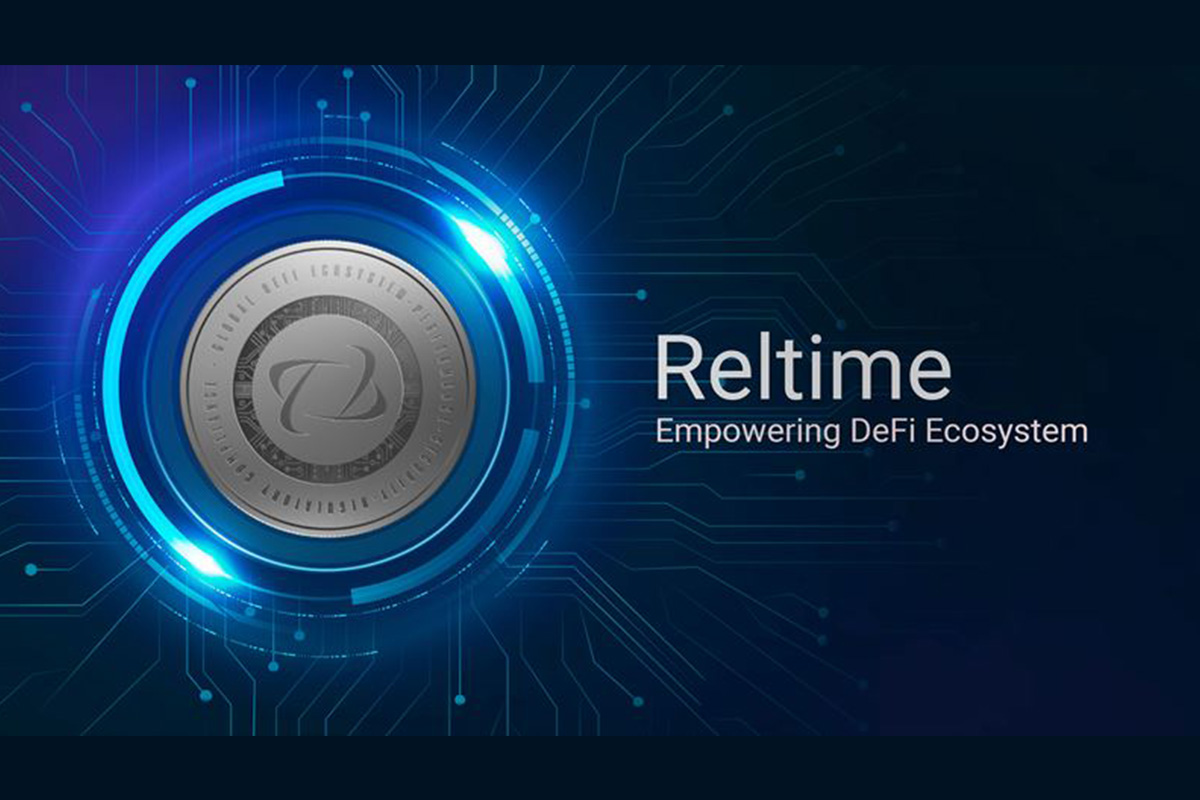
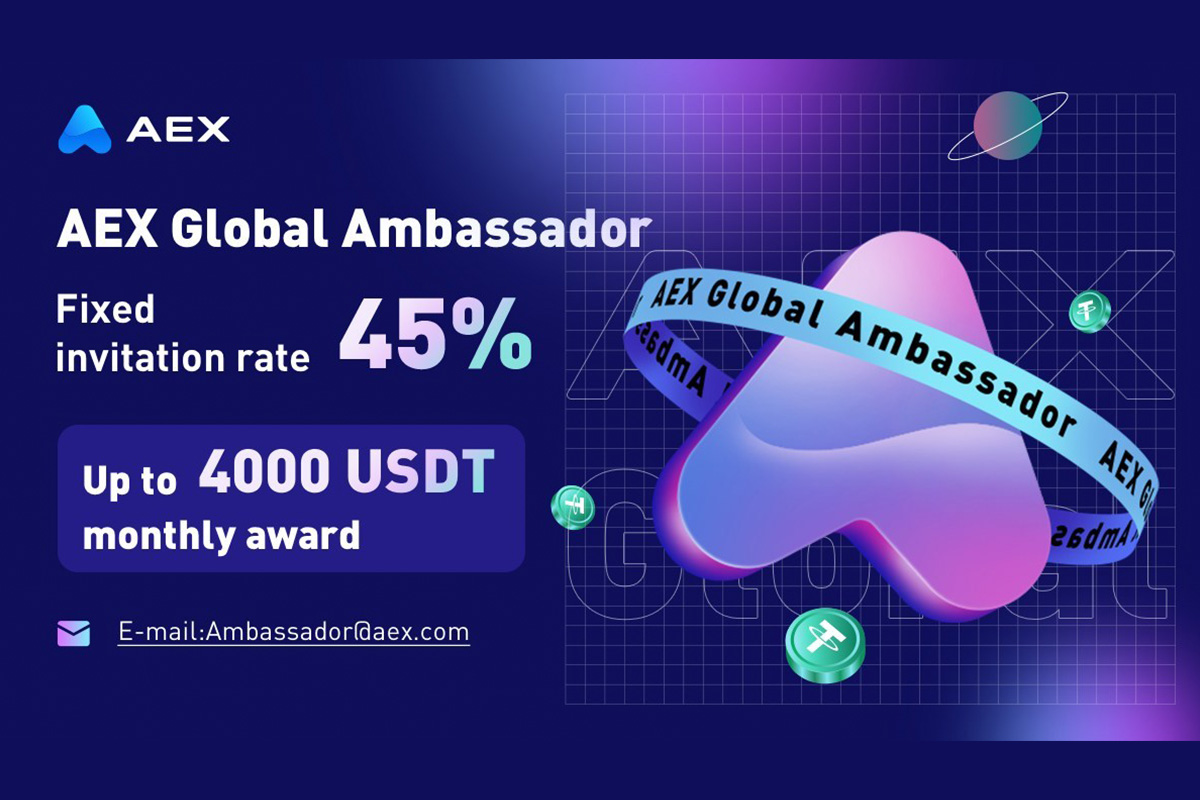

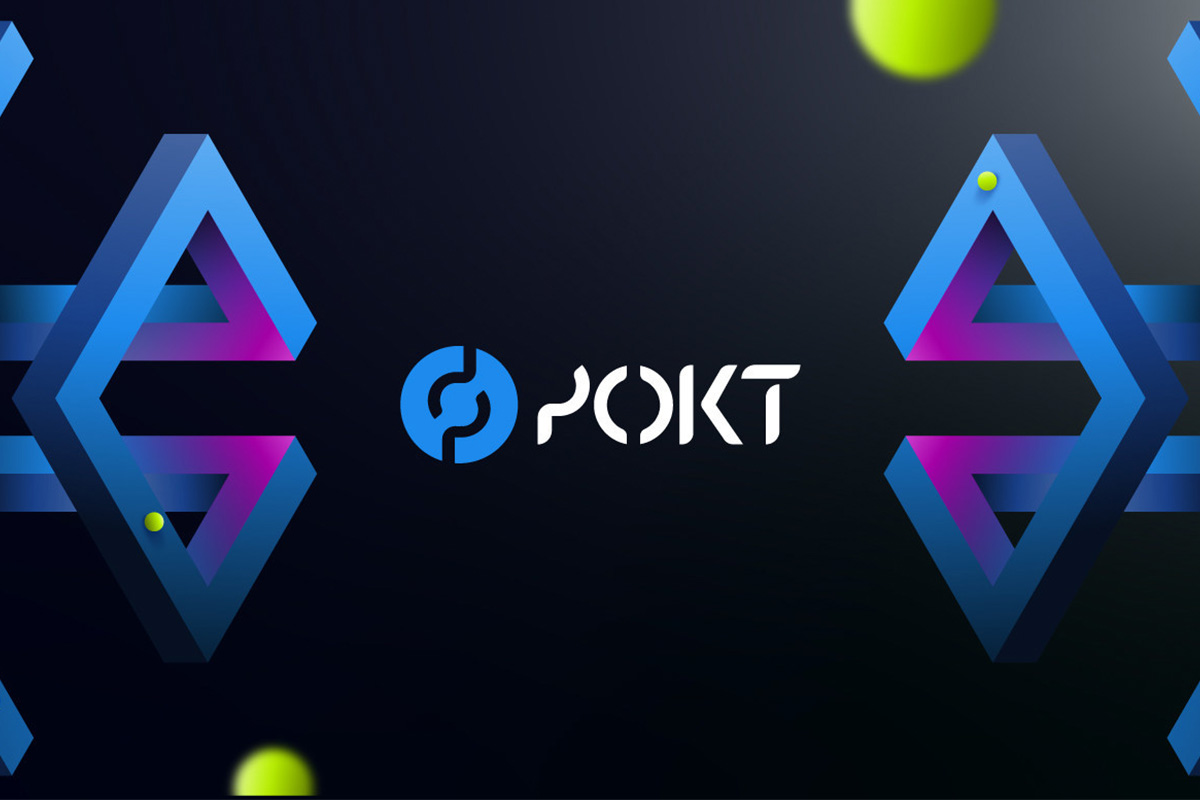
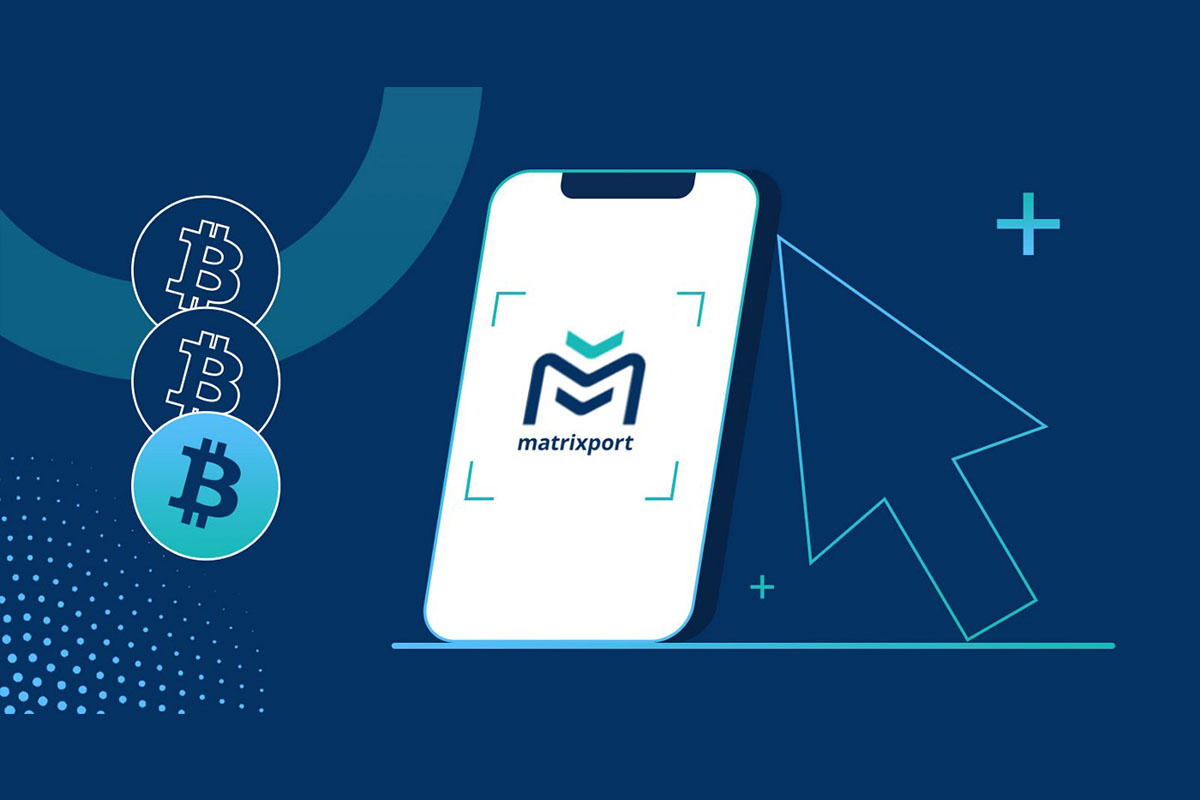
 , a qualified institutional custodian solution powered by Matrixport, today announced that it is the world’s first MetaMask Institutional (MMI) integrated custodian able to support MMI’s multi-chain capabilities and all EVM compatible chains. This feature called “DeFi Connector” offered by Cactus Custody enables institutional clients seamless and secure connection with decentralised finance (DeFi) protocols via MMI.
, a qualified institutional custodian solution powered by Matrixport, today announced that it is the world’s first MetaMask Institutional (MMI) integrated custodian able to support MMI’s multi-chain capabilities and all EVM compatible chains. This feature called “DeFi Connector” offered by Cactus Custody enables institutional clients seamless and secure connection with decentralised finance (DeFi) protocols via MMI.